The Little Club that Could – Minnedosa Skating Club Champions Inclusivity to Give Local Boy a New Way to Enjoy Skating
On January 1, 2022, eight-year-old Cain Burgess of Minnedosa, Manitoba, and his family received news that no one ever wants to receive. A lump that his family had noticed on his shin was revealed to be osteosarcoma, and thus began Cain’s journey with cancer.
Cain spent eight months away from home undergoing chemotherapy and multiple surgeries to remove his tibia bone and replace it with a bone graft and a cadaver bone. When he finally returned home, Cain was cancer free and eager to return to his normal life.
Before his cancer diagnosis, Cain had been a very active kid, playing hockey, rugby, biking, and hiking and so getting active again was paramount for his recovery. Despite being cancer free, Cain was still unable to put any weight on his leg, so his family was unsure of what he’d be able to do. Luckily, the family’s good friend, Jacquie Gerrard – President of the Minnedosa Skating Club – had recently seen a CanSkate poster that showed a young boy using a sledge to get out on the ice.
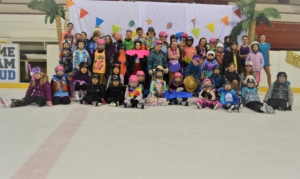 “I really didn’t know anything about sledging, but I contacted Skate Manitoba, and they put me in touch with Skate Canada and they were able to provide me with more information. In Manitoba, it’s mostly Sledge Hockey Manitoba who do the most with sledges, and they’re managed by Manitoba Possible. They were able to get Cain fitted with a sledge, and he brought it out to Minnedosa and he was able to start in our CanSkate program using a sledge which was really cool,” said Gerrard.
“I really didn’t know anything about sledging, but I contacted Skate Manitoba, and they put me in touch with Skate Canada and they were able to provide me with more information. In Manitoba, it’s mostly Sledge Hockey Manitoba who do the most with sledges, and they’re managed by Manitoba Possible. They were able to get Cain fitted with a sledge, and he brought it out to Minnedosa and he was able to start in our CanSkate program using a sledge which was really cool,” said Gerrard.
Being out on the ice on his sledge has had a very positive impact on Cain says his mother, Danica Wotton: “The social aspect of getting him back on the ice has been beneficial in so many ways. He’s not excluded, and it’s a way for him to take part and be with his friends, and he’s having fun and he’s exercising, which is a huge thing, because I really can’t find many activities for him with his leg not working.”
Cain was also lucky enough to meet and skate with Paralympic athlete Tyler McGregor in February 2023 when he was in Winnipeg for his “Sledge Skate of Hope” campaign. McGregor, who also had a form of bone cancer and lost his leg, discovered para ice hockey early on and is now the captain of Canada’s national para ice hockey team and widely recognized as one of the best players in the world.
“He and Cain went for a skate on the river together, just the two of them. They got to talk and had a lot in common. Tyler has had his struggles as well, so they were chatting and sledging, and it was really cool for Cain,” said his mother Danica.
Minnedosa is a small, rural town, near Brandon, Manitoba, with few opportunities for kids with different abilities to get involved in sport and recreation. After seeing the impact that sledge skating has had on Cain, Gerrard is working to create better access to the sport for other local skaters. She applied for a grant with the Minnedosa and District Foundation to purchase two additional sleds for the club.
“We just got those before Christmas, and together with our recreation department, they’re now available anytime we have public skating, or sticks and pucks – our whole community can use them and try them out. Anyone who’s tried it thinks it’s super fun,” said Gerrard.
Cain has become the resident expert on sledge skating in his town. He helped make some videos for the club about how to use them, how to get in them, and how to stop and will be helping to teach other kids that want to learn how to sledge through the club’s CanSkate programs.
“We’re just so thankful to the club,” said Wotton. “At the time that this was all going on, Cain was really struggling with a lot and having a lot of challenges with his chemo, and his treatment, and not being mobile, and they were in the background, doing all of this and taking the lead on it, which took a lot off our plate. They gave Cain this opportunity – we didn’t ask for it – they just did it, and we’re really grateful to them for thinking of him and doing their work towards making this inclusive activity out here in in a rural area setting where we don’t have these things.”
If you’d like to find out more about sledge skating, and you live in Manitoba, visit any of the links in this story. For other parts of Canada, please get in touch with our Member Services desk at Skate Canada and they will direct you appropriately.
View Skate Canada’s CanSkate-Sledge Skating Development Library


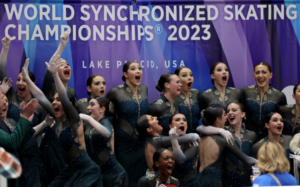
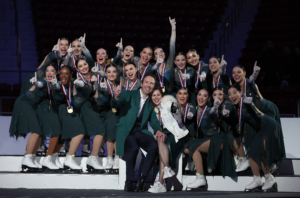
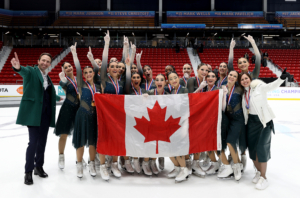
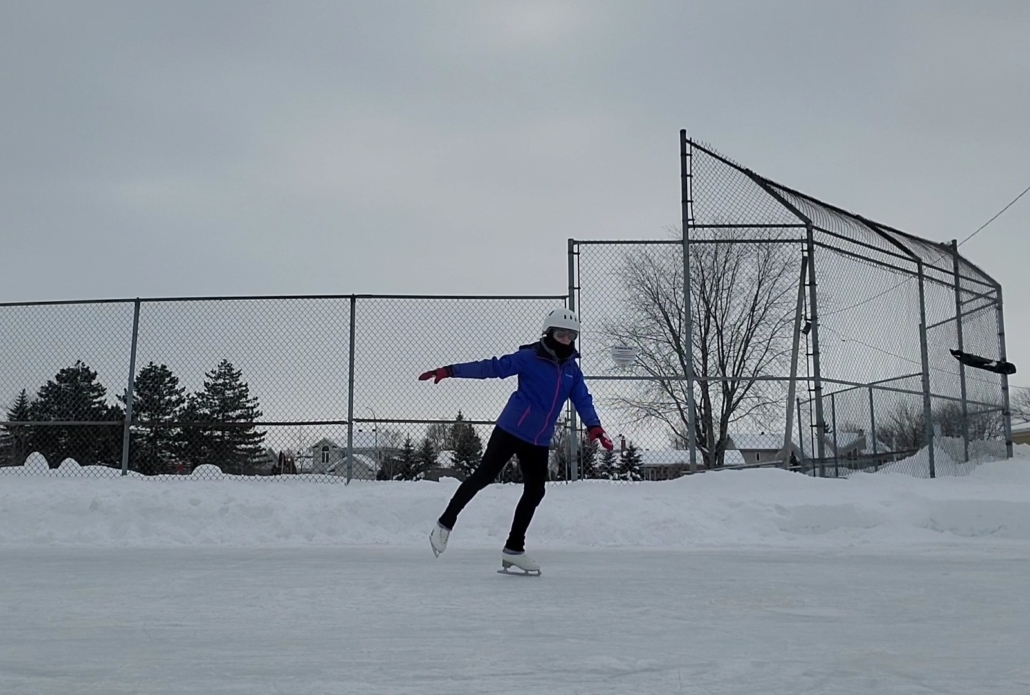 In January 2020 Katharine thought it would be fun to take up figure skating as something she would be able to share with her daughter. She started slow, skating once a week, and was surprised at how hard it was. Ballet and figure skating often lend to one another, with many figure skaters taking dance classes to work on artistry, form, and other skills, but despite her background Katharine still found it quite challenging.
In January 2020 Katharine thought it would be fun to take up figure skating as something she would be able to share with her daughter. She started slow, skating once a week, and was surprised at how hard it was. Ballet and figure skating often lend to one another, with many figure skaters taking dance classes to work on artistry, form, and other skills, but despite her background Katharine still found it quite challenging.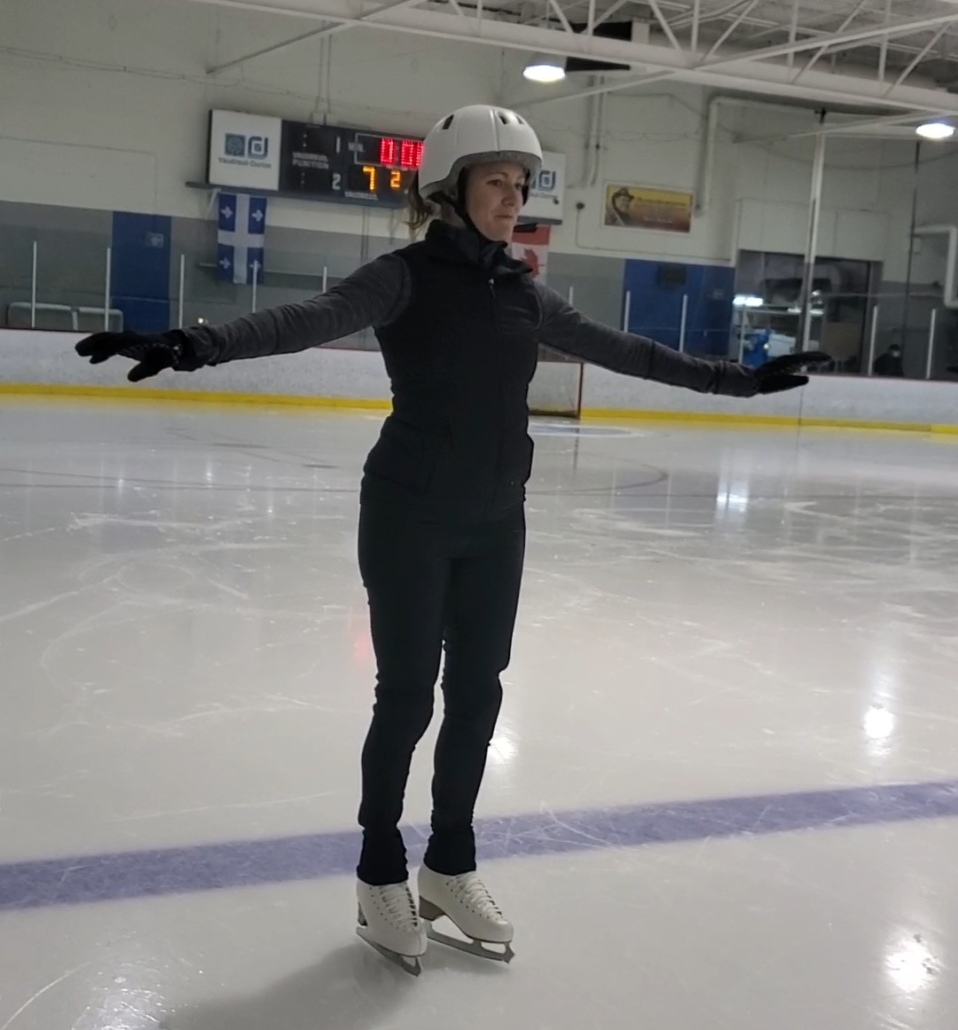 Katharine shared: “Stuff that should have been super easy on either foot just wasn’t”. Following this discovery, Katharine immediately made an appointment with her doctor. Regular strength and conditioning tests revealed significantly decreased strength in her left leg. It could have been something neurological, or it could have been the nerves misfiring, but something was “off”. Katharine’s doctor sent her for numerous tests including an MRI.
Katharine shared: “Stuff that should have been super easy on either foot just wasn’t”. Following this discovery, Katharine immediately made an appointment with her doctor. Regular strength and conditioning tests revealed significantly decreased strength in her left leg. It could have been something neurological, or it could have been the nerves misfiring, but something was “off”. Katharine’s doctor sent her for numerous tests including an MRI.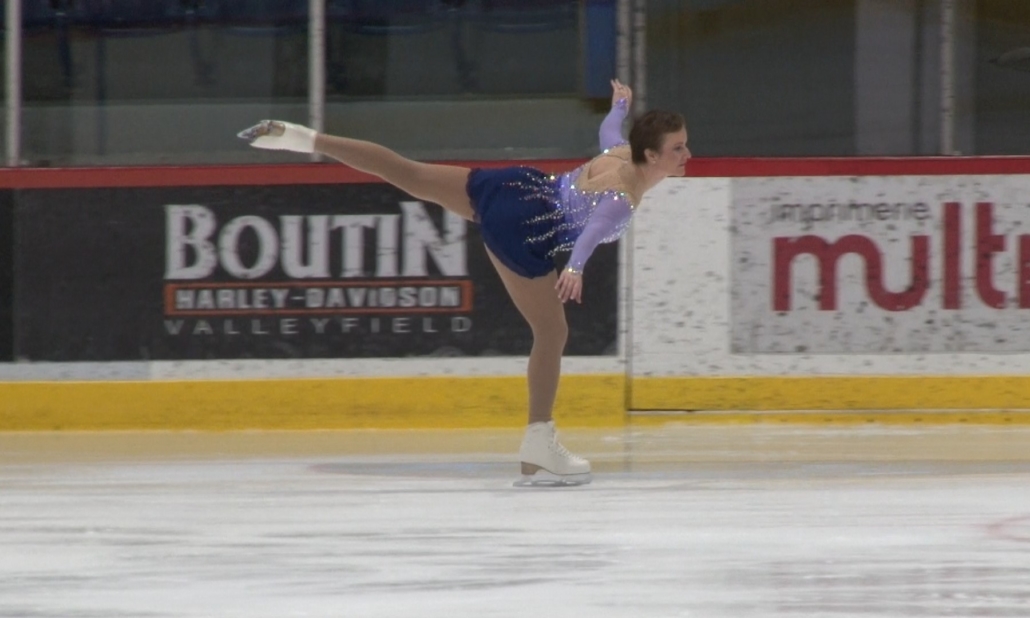 Katharine swears that figure skating saved her life. “If I hadn’t been skating, it could have been extremely, extremely severe. Not that it wasn’t, but it could have gotten to the point that it had done a lot more damage.” She continues to struggle with her left side on the ice but now thinks, “I have sort of reached close to a normal point of it just being a difference between the two.”
Katharine swears that figure skating saved her life. “If I hadn’t been skating, it could have been extremely, extremely severe. Not that it wasn’t, but it could have gotten to the point that it had done a lot more damage.” She continues to struggle with her left side on the ice but now thinks, “I have sort of reached close to a normal point of it just being a difference between the two.”